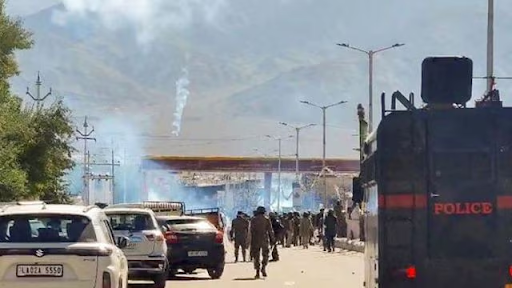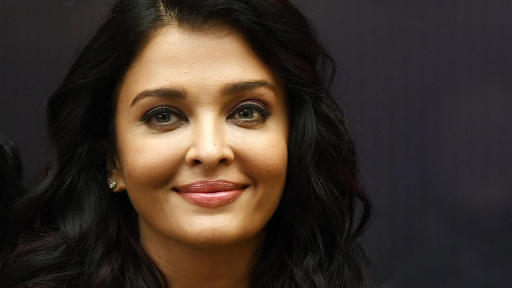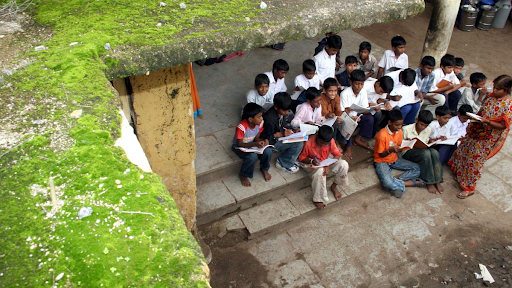





Copyright infringement not intended
Picture Courtesy: https://www.thehindu.com/news/national/independence-day-live-updates-august-15-2024/article68526317.ece
Context: On the 78th Independence Day, Prime Minister Shri Narendra Modi addressed the nation from the Red Fort.
|
Red Fort ●The Red Fort, also known as Lal Qila, was built by Emperor Shah Jahan in 1639. ●It was designed by Ustad Ahmad Lahori, who also built the Taj Mahal. ●The fort represents a high point in Mughal architecture, combining Persian palace architecture with Indian traditions. However, it was plundered of its artwork and jewels during Nadir Shah's invasion in 1739. ●The British demolished most of the fort's marble structures after the Indian Rebellion of 1857. The fort's defensive walls remained undamaged, and it was used as a garrison. ●In 1947, Jawaharlal Nehru raised the Indian flag above the Lahori Gate, and every year on Independence Day, the prime minister hoists the Indian tricolour flag and delivers a nationally broadcast speech. ●The Red Fort was designated a UNESCO World Heritage Site in 2007. |
Key points from the Prime Minister's Speech
|
Nation First and National Resolve |
●The PM emphasized a collective national resolve to prioritize the country's interests above all else. This involves uniting 140 crore citizens towards the common goal of a prosperous and developed India by 2047. ●The concept mirrors historical movements where national unity led to significant progress, such as India's independence struggle. A unified effort, much like the mission to eradicate polio, can drive national development. |
|
Viksit Bharat by 2047 |
●The vision of a ‘Viksit Bharat’ (Developed India) by 2047 is a long-term goal involving comprehensive progress across sectors. ●This ambitious goal is similar to the economic development plans seen in countries like South Korea, which transformed from a war-torn nation into a developed economy over a few decades. ●India’s focus on reform and modernization aims to replicate such success stories. |
|
Modernization Across Sectors |
●He stressed the need for modernization in various sectors such as tourism, MSMEs, education, and healthcare. ●This approach is inspired by global practices where modernization has led to significant improvements. For example, Singapore's advancements in healthcare and infrastructure have set global benchmarks, and India aims to adopt similar strategies for its development. |
|
Minimizing Government Interference |
●A key part of the vision is reducing government interference in citizens' lives while ensuring effective governance. ●This aligns with principles seen in countries with efficient public administration systems, like Switzerland, where the government facilitates but does not overly control day-to-day life, allowing for greater individual freedom and innovation. |
|
Annual Reforms and Institutional Changes |
●He proposed implementing at least two reforms annually in each of the 300,000 institutions across India. This is similar to continuous improvement processes used in successful organizations globally. |
|
Addressing Natural Disasters |
●He expressed condolences and assured support for those affected by natural disasters. ●This compassionate approach is vital in disaster management and recovery. For instance, Japan’s efficient disaster response systems, including advanced early warning systems and community preparedness, provide valuable lessons for India in enhancing its disaster management strategies. |
|
Fighting Corruption |
●The speech addressed the need to combat corruption, emphasizing the creation of an environment that deters corrupt practices. ●This approach is similar to anti-corruption initiatives in countries like Hong Kong, which have successfully reduced corruption through strict enforcement and transparency measures. |
|
Dynastic Politics and Casteism |
●He criticized dynastic politics and casteism, calling for a more inclusive and merit-based political system. ●He gave a call to bring 1 lakh youth into the political system, specifically those with no history of politics in their families. |
|
Self-Reliance in Defence |
●The speech emphasized India’s progress towards self-reliance in the defence sector. ●India’s growing capabilities in manufacturing and exporting defence equipment are similar to the achievements of countries like Israel, which has developed a robust defence industry through innovation and self-reliance. |
|
Global Diplomacy and Peace |
●His commitment to peace and responsible global diplomacy reflects India’s approach to international relations, similar to Japan’s focus on peace and development. ●India’s efforts in hosting international events and advocating for peaceful resolutions align with global diplomatic norms and practices. |
|
Communication |
●India has made significant improvements in expanding its digital infrastructure, installing optical fibre networks in two lakh Panchayats to enhance connectivity in rural areas. ●The country is also pushing forward in developing 6G technology, aiming to surprise the world with its advancements. |
|
Space |
●The space sector in India is booming, with a surge in startups and domestic satellite and rocket launches. ●The success of the Chandrayaan mission has increased interest in science and technology among students, fueling a new atmosphere of innovation. |
|
Ministry of Education |
●The education sector is transforming with the introduction of 75,000 new medical seats and the implementation of a new education policy. ●The goal is to position India as a global education hub, reduce the need for students to study abroad, and promote research and innovation. |
|
Climate Change |
●The focus is on green growth, green jobs, and becoming a global leader in renewable energy. ●India is pioneering efforts like the Green Hydrogen Mission and has met its Paris Accord goals ahead of time, with ambitious targets for renewable energy by 2030. |
|
Commerce and Industry |
●The mantra of "Vocal for Local" is driving economic development, with initiatives like "One District One Product" and a push for India to become a manufacturing hub. ●Emphasis is placed on innovation in gaming and electronics, and growing exports and foreign exchange reserves. |
|
Railways |
●The commitment to making railways a net-zero carbon emitter by 2030 is a key focus. ●Efforts are also directed towards improving connectivity, particularly in remote and border areas, to ensure inclusive development. |
|
Jal Jeevan Mission |
●The Jal Jeevan Mission has provided hygienic tap water to 12 crore families, and there is a strong focus on clean environment initiatives and responsible water use, promoting a culture of cleanliness and environmental responsibility. |
|
Ministry of New and Renewable Energy |
●India is leading in renewable energy, having surpassed G20 nations in progress. ●The PM Surya Ghar Free Electricity Scheme aims to reduce electricity costs for families, and there's a growing demand for electric vehicles, reflecting a shift towards sustainable energy solutions. |
|
Ministry of Power |
●Efforts are being made to electrify 18,000 villages, with a focus on addressing the needs of the 2.5 crore families still without electricity. This initiative aims to enhance energy access and improve living standards in underserved areas. |
|
Ministry of Youth Affairs & Sports |
●Training and empowering youth to become a global skill capital is a key goal. ●Efforts include increasing political participation, preparing for the 2036 Olympics, and celebrating achievements in sports, including the Paris Olympics and Paralympics. |
|
Ministry of Law & Justice |
●The move towards a Secular Civil Code and "One Nation One Election" reflects a commitment to modernizing legal frameworks and simplifying legal processes. ●Replacing outdated criminal laws with the Bharatiya Nyaya Sanhita aims to ensure justice and efficiency in the legal system. |
Source:
|
PRACTICE QUESTION Q. The Prime Minister highlighted efforts towards achieving net-zero carbon emissions and advancing renewable energy. Critically assess the challenges and opportunities associated with transitioning to a low-carbon economy in India. How do these efforts contribute to global climate goals and India's position on the international stage? |






© 2025 iasgyan. All right reserved